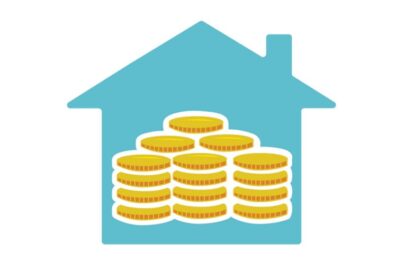The Office for National Statistics (ONS) has reported that average house prices increased by 0.4% between January 2016 and February 2016.
UK house prices increased by 7.6% in the year to February 2016, down from 7.9% in the year to January 2016. During the month, prices paid by first-time buyers were 8.0% higher on average than in February 2015.
House price annual inflation was 8.2% in England, 2.8% in Wales, -0.8% in Scotland and 2.4% in Northern Ireland. Annual house price increases in England were driven by an annual increase in the South East (11.4%), the East (10.3%) and London (9.7%).
Excluding London and the South East, UK house prices increased by 5.0% in the 12 months to February 2016. The UK average mix-adjusted house price in February 2016 was £284,00 and the South East saw an 11.4% annual house price change, compared to 9.7% in London.
Richard Sexton, director of chartered surveyor e.surv comments: “There’s a regional revolution underway. House prices in the East and South East have been hanging on the capital’s coattails for a long time, but not anymore. The South East’s commuter credentials are resulting in higher annual house price growth than in London. People struggling to purchase property in the capital are hunting elsewhere and the South East is the obvious choice – creating a surge in demand.
“Across the UK however, the usual suspects are holding back homeownership dreams. A supply shortage is leading to price hikes – which many buyers simply can’t meet. This shouldn’t be the case. Savings have seen a boost from low inflation and rising wages. But unfortunately, housing market prices are generally still moving faster.
“More positively, the mortgage product market is at full momentum. Home lending in February reached the second highest monthly total since January 2014. And it’s not just buy-to-let activity benefitting. Lenders are keen to invest in borrowers including first-timers. First-time buyers may be facing higher prices but they aren’t facing fewer mortgage options. The range of choices keeps growing, as well as remortgage options – bringing more choice to potential mortgage hunters.”
